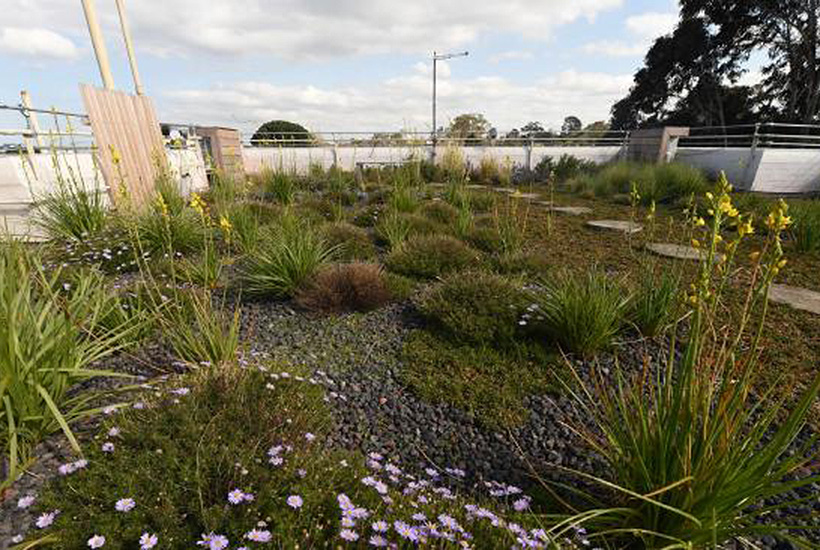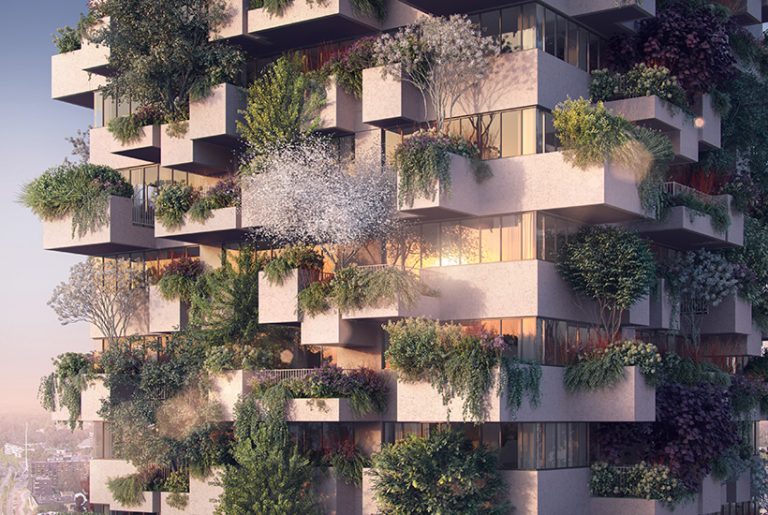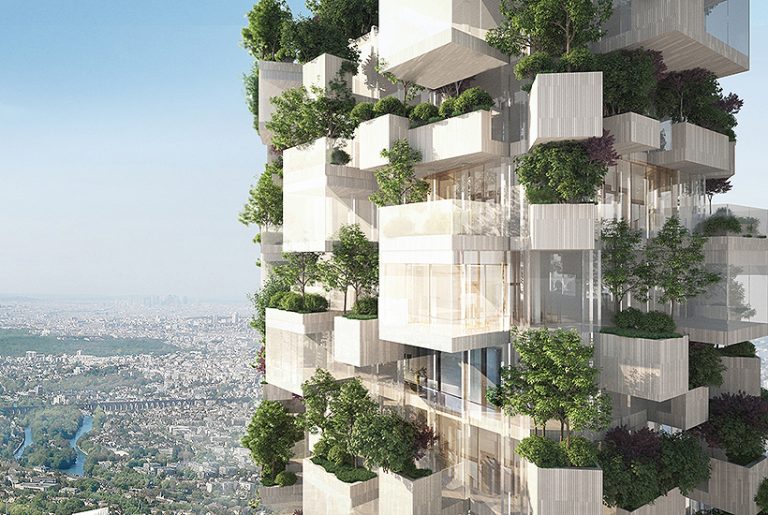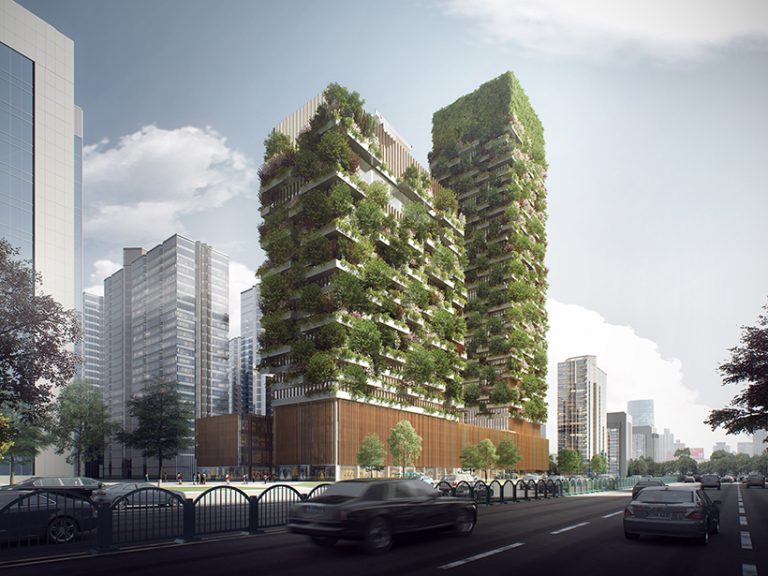Calls for ‘green roofs’ on all commercial buildings

Australia’s peak body for landscape architects has stepped up calls for local governments to make green roofs compulsory on new commercial buildings for the environmental benefit of cities.
Australian Institute of Landscape Architects national president Linda Corkery spoke out after the US city of Denver became the latest to pass a green roof mandate for new and some existing commercial buildings.
Under the requirements, commercial buildings must incorporate a percentage of green roof coverage depending on the size of the structure.
Commercial Insights: Subscribe to receive the latest news and updates
Corkery says it was a position supported by AILA because of the many benefits of green roofs.
“Cities like Melbourne and Sydney would certainly have greening strategies and they’re working with developers, but the requirement for green roofs is not as bold as what we’re seeing in these other cities,” she said.
“I think it has to do with the strength of the development industry here, and unless it’s mandated, unless there’s a particular requirement for green roofs it won’t necessarily happen.”
An extensive green roof which just covers a roof with plants, is the type of thing you might put in an industrial development with huge roof space
Master Builders Australia does not share AILA’s vision, indicating members would oppose any move to make green roofs compulsory.
“Our members always want to satisfy their client’s brief and if they want a green roof, we’ll give them one but it should not in any way be compulsory,” CEO Danita Wawn says.
Corkery said industrial estates, such as those in western Sydney, would be greatly enhanced by greening the vast expanses of warehouse roofing.
“An extensive green roof which just covers a roof with plants, is the type of thing you might put in an industrial development with huge roof space because people aren’t going to access it,” Corkery says. “It represents a lot of area that can help reduce the urban heat island effect.”
Inner-city commercial and residential towers would be enhanced by “intensive green roofs” that were accessible to the people who live or worked in that building, she says.
“In apartment developments, it will be the place probably where there’s a pool, where you can socialise with your neighbours, where you can have your children and perhaps pets, so it has a great social function,” she says.







